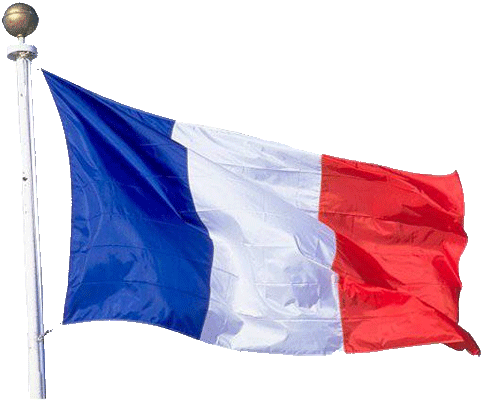|
|
 |
|
|
 |
|
Gros Ouvrage Mont des Welches is situated in the Fortified Sector of Boulay. It is a quite unusual ouvrage in that it is a very compact design, no more than 330 metres from end to end, where as most of the other Maginot ouvrages are constructed in a much more linear fashion with a very long underground corridor, in some cases almost a mile long, connecting the distant fighting blocks to the barracks, magazine, usine etc. There is no 'M1' main ammunition magazine, and its 60cm internal railway was not electrified, relying instead on man power to move the carriages. It is also rather on the small side to be classified as a 'gros ouvrage' having only five blocks in total. There are separate entry blocks for men (EH) and munitions (EM), one infantry block, one artillery block, one observation block and two combination blocks. The average depth of the fort floor is 30 metres below the surface and it is located between petit ouvrage Coucou and gros ouvrage Michelsberg, facing the German border. Mont des Welches was built by Gianotti of Nice at a cost of 49 million Francs, and became operational in 1935. The ouvrage did see some nasty action quite briefly during the battle for France in June 1940, when German forces moving along the rear of the Maginot Line engaged the position without success. Along with many of the other Maginot installations some renovation work was carried out on the ouvrage in the 1950s in order to present a serious obstacle to the potential threat of a Soviet Red Army advance through southern Germany however at that time fighting a conventional land war became increasingly unlikely as the nuclear arms race escalated, and due to the prohibitive cost of maintaining and operating the Maginot Line most of the retained ouvrages, including Mont Des Welches, were abandoned in the 1970s. The garrison of the ouvrage in June 1940 was 17 officers and 490 other ranks of the 167th. Fortress Infantry Regiment and the 151st. Position Artillery Regiment, commanded by Chef de Bataillon (Battalion Chief) Tari. These units were under the command of the 42nd. Fortress Corps of the 3rd. Army, Army Group 2. Casernement de Férange provided peacetime above-ground barracks and support services to this and other ouvrages and associated positions in the area.
The ouvrage during World War II...
In 1944 during the Lorraine Campaign the allied armies attacked sections of the Line which had been 'turned around' by the Germans however in this sector only Hackenberg was occupied as a fighting fort and therefore Mont des Welches was not attacked.Mont des Welches is in really quite good condition today when compared to many of the other abandoned Maginot positions. There is little in the way of flooding but sadly there has inevitably been a fire or fires, presumably occasioned by the actions of metal thieves cutting the armour from the power cables with Stihl saws or the like in order to get at the copper. These cables were insulated with cloth and of course it only takes one spark to cause a smouldering time bomb which will erupt sooner rather than later. There was a lot of discolouration to the ceilings in one section of the fort and the ammunition entrance was also rather smoke blackened in places. The kitchen is still almost completely equipped and the fighting block we entered (Bloc 1) still had its mortars in place in the turret. The usine however has seen some serious salvage work at some time, in all likelihood by owners of other Maginot Line forts looking for spare parts for their own generators and engines.
|